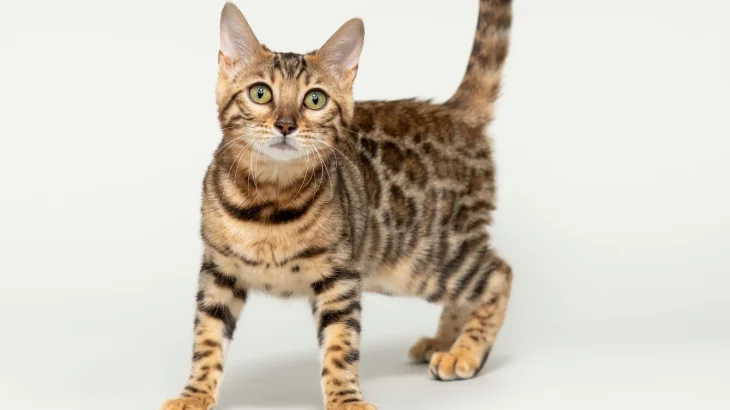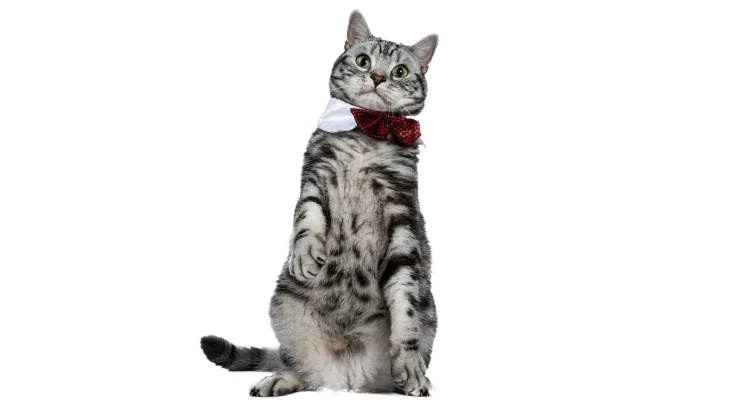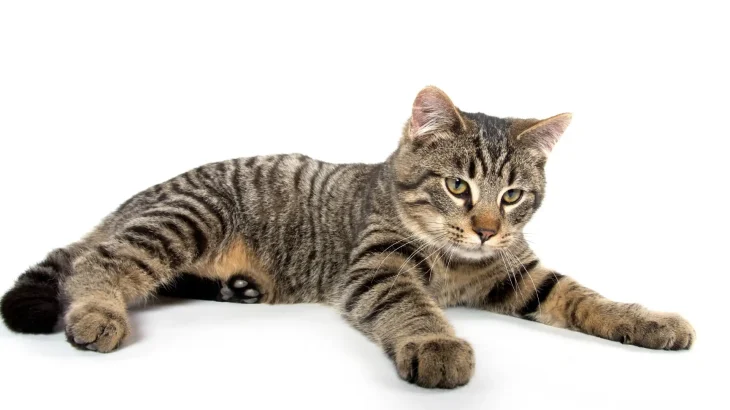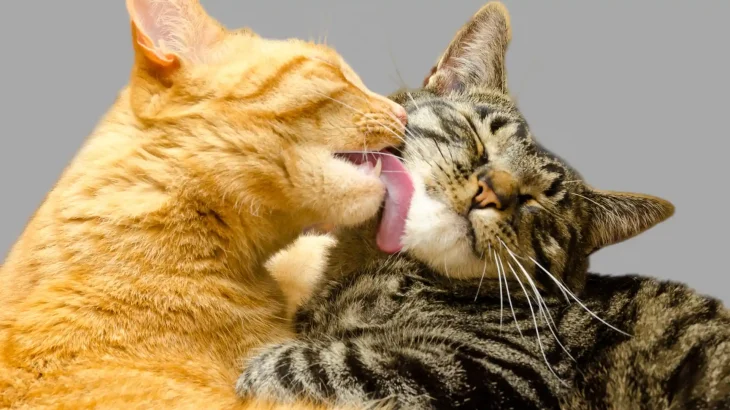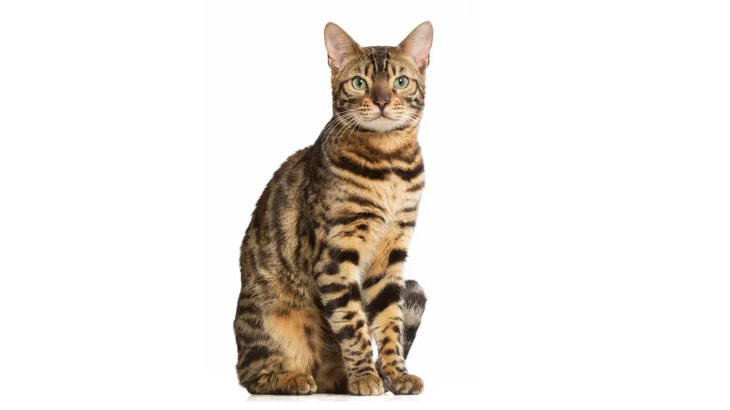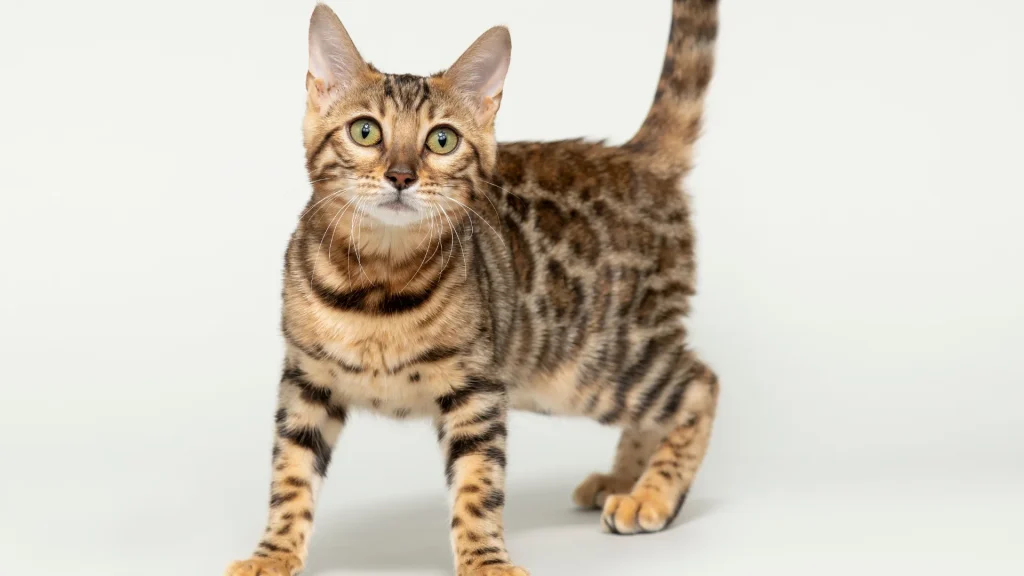When deciding how to welcome a Jungala kitten into your home, you can choose between adopting from a shelter or buying from a breeder. Each option offers different benefits, from cost to the knowledge about your kitten's background. The best choice depends on what matters most to you and your lifestyle.
Adoption vs. Breeder: Pros & Cons
| Criteria | Buying from Breeder | Adopting from Shelter/Rescue |
|---|---|---|
| Cost | Generally higher due to breed-specific qualities and breeder reputation. | Usually lower fees, more accessible for budget-conscious owners. |
| Health History | Breeders provide detailed lineage and genetic health information. | Health background may be limited, with only basic veterinary checks available. |
| Age Availability | Mostly kittens available, enabling early bonding and socialization. | Wider age range, including kittens and adults, offering flexibility. |
| Temperament Insight | Insight into lineage-related temperament traits often available. | Temperament is observed but full history may be unknown. |
| Supporting Practices | Supports breed preservation efforts if breeder is ethical. | Contributes to animal welfare by providing homes to cats in need. |
| Ethical Considerations | Choosing responsible breeders ensures ethical standards. | Helps reduce shelter overcrowding and saves lives. |

